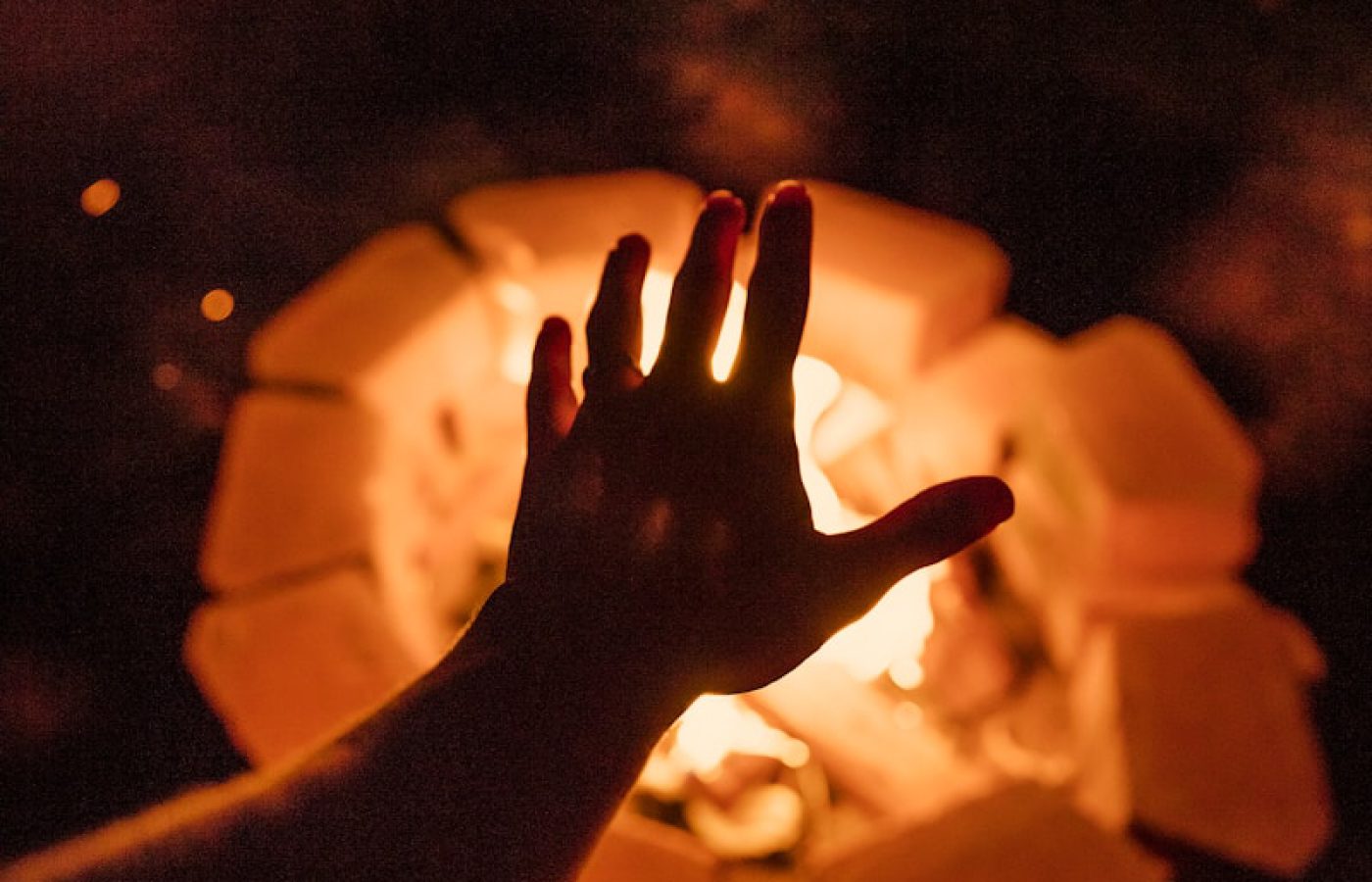Your basket is empty.
Your Basket
EFFICIENT & EFFECTIVE OUTDOOR HEATING

One of the greatest crazes in home entertaining and cooking has been the increased interest in outdoor ovens and fireplaces. These features are reminiscent of the old European community ovens. In just the same way the modern versions are places of industry as well as gathering. In summer they allow baking and cooking without creating a sweltering home, and in winter they allow a warm place to snuggle together and get some fresh air. Year round the multipurpose space allows more flexible use of your whole home and yard.
As with the indoor variety of oven, there are numerous construction types and heat sources for outdoor fireplaces. Coal can be a popular fuel, as can gas if your backyard has an accessible line. Both of these have certain benefits for heat overall, but they can be tricky if you want the oven to serve as both a cooking space and one in which to enjoy the flickering of firelight. Coal fires are not always lovely to view, and the inevitable impurities make it difficult to be comfortable cooking directly. Making the heat source indirect can add expense to construction and removes or encumbers its use as a traditional fireplace. Gas can be both lovely to view and used directly as a heat source for cooking, but it has expense issues and may also add complications to construction and zoning requirements. Firewood offers the best of both worlds.
With varying species of tree available as a fuel source, you can adjust the temperature of the fire easily. The burning properties of different woods are well documented, especially if you get them from professionals that kiln dry them to tested moisture levels. In addition to varying species, they often have different forms available including natural logs and briquettes or pellets made from compressed sawdust. The latter two forms can be drier and thereby burn hotter than split logs. This consistency ensures you are able to bake and cook as precisely as you would in your gas or electric cooker inside the home, though it may take a bit of research and experimentation at first. As an added benefit, you can easily introduce certain wood chips like hickory, oak, or pecan to enhance the flavour of your foods with their smoke. When you are ready to enjoy your outdoor feature as a fire pit, there is nothing quite like the flickering flames of natural wood fire crackling away
There are numerous online and print resources available for building your own outdoor oven from readily available materials, if you are interested. A simple search will give you multiple ideas and help you round out what you want from your new space. While browsing, take into account the space you have available and your primary desired function for the oven or fireplace. Build to the strength you want, but keep your eye out for options to incorporate multipurpose features. Just make sure there are no local ordinances with which you must comply if doing the work yourself. Should you pursue this option, wood is a great choice as a heat source. While it burns hot enough to cook your food, it is less likely to damage your DYI construction with temperature extremes.
Should you choose the professional installation route, many manufacturers know you would like a unit to be as versatile as possible. There are options available in different types of construction material, with or without hybrid heat sources, and you may even request multiple burning pits. You can have a stand-alone heat source or build in surfaces for food preparation and dining. If you go for the hybrid heat source option, you may even want to install a range to facilitate total meal making. The advantage of hiring someone to install your new feature, besides the plethora of options, is being able to pass on the headache of dealing with local government compliance.
Looking at your options may lead you to incorporate other forms of heat, but by and large wood has the most advantages. In addition to those mentioned above, it burns cleaner than coal (especially when using the kiln dried firewood ) and modern harvesting techniques have made it an incredibly renewable resource. Nothing makes a little indulgence feel better than it also being environmentally friendly. Other options include electric type outdoor heating.



